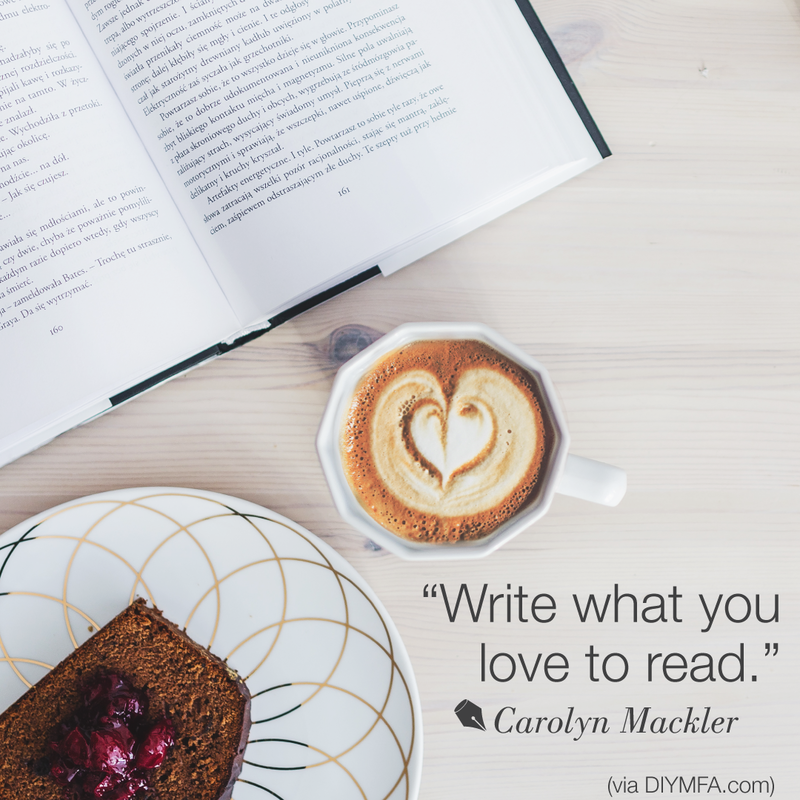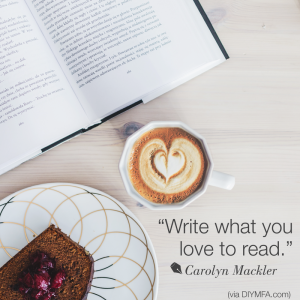
 I ran 70 miles during the month of November. I also wrote 50,000 words of a novel. Both of those numbers are HUGE when you think about the average amount of running and writing I normally do. No, I don’t have super powers suddenly. I didn’t do it all at once. I took it a day at a time, followed a prescribed regimen, and when I wanted to quit I didn’t allow myself any wiggle room.
I ran 70 miles during the month of November. I also wrote 50,000 words of a novel. Both of those numbers are HUGE when you think about the average amount of running and writing I normally do. No, I don’t have super powers suddenly. I didn’t do it all at once. I took it a day at a time, followed a prescribed regimen, and when I wanted to quit I didn’t allow myself any wiggle room.
November is National Novel Writing Month. I used the momentum and accountability of that group event to propel me through my writing goals. I made sure to meet or exceed expectations every day because I’d made a public commitment that I wanted to uphold. But more than that, I’d committed to myself and to my characters to tell their story and I didn’t want to let myself or my characters down.
Does it always come easily? No! Do I ever have days where I want to just give up and go back to my old habits? Yes!
Old habits die hard
With both my running and my writing, I have days when I wake up and think “Oh god, I just want to stay in bed.” Those are the days when I need the running and the writing the most. The mental monster, the one that’s telling me I’m too tired to run or too boring to have any good ideas to share in my writing, that’s the one that I confront with my schedule, with my commitment, with my determination.
When I let that monster win I feel terrible. My self-esteem and self-talk go down a dark, even abusive path. I hate how I feel when I allow myself to shirk my goals, when I give in to the monster talk and let another day go by without working toward my dreams.
But!! Every day that I get up and refuse to listen to that monster telling me to shut up and stay in bed, I kick that monster’s ass again. It doesn’t get easier over time. Every time I have to fight that mental battle, it sucks and it’s painful and I want to cry before I finally convince myself to do the hard thing, to do what I committed to do.
And yet, the more I choose to fight for what I want for my life, the less often that monster speaks up.
Take that first step
My running is another story but it follows a very similar mental track. Who knows why I decided that November, when I started my most intensive month of writing, was a good time to kick off a half-marathon training program? Maybe the timing wasn’t ideal, but then maybe it was. I have a larger goal with my running. Before I turn 40 I want to run a marathon.
And as with writing, I have to start if I ever want to finish. I know that if I want to reach my goal of 26.2 miles, I have to step out the door. And if I ever want to see my name in print on a novel that I’ve written, I have to write the first words. And then the next words, and the next step, until I get to the finish line.
There are bound to be set-backs along the way, but just because I know I will fail sometime, does that mean I should never start? No! I cling to my dreams and push myself forward, pick myself up when I fall down, and start again.
So why am I telling you all this?
I know I’m not the only one who goes through this daily ritual of talking down the monsters, of putting the fears aside and taking a risk to achieve my dream. And I want you to know that you CAN do this. You’re not crazy. That dream you have of publishing (or of running a marathon), it’s yours. You should cherish it, commit to it, and show up every day to prove how much it means to you.
It helps if you can find your tribe. The encouragement and accountability you get from people with similar goals, or even just people who unquestionably believe in you–that’s solid gold. When you find it, never let it go.
But sometimes you have to go it alone. Sometimes you have to acknowledge that your goals are for you, and that even if no one else understands why you’re doing what you do, you have to commit to them. That’s not an easy place to be, but it’s no excuse to quit. You owe it to yourself to follow your heart, to reach for your dreams and never give up.
So… Show up. Even when it hurts. Even when you’d rather not. Even when it seems like the finish line is so far away. Every step you take, every word you write, brings you closer to achieving your dreams.




 I’ve been a reader since very young. At 3 years old, I memorized Peter Rabbit… literally knew which words went with which pages, even though I wasn’t associating words with meanings quite yet. I knew that story so well, backwards and forwards, what happened when… we have a recording of my 3-year-old voice “reading” the story to my aunt, and when I get to the end of it, I just start the whole story over again…
I’ve been a reader since very young. At 3 years old, I memorized Peter Rabbit… literally knew which words went with which pages, even though I wasn’t associating words with meanings quite yet. I knew that story so well, backwards and forwards, what happened when… we have a recording of my 3-year-old voice “reading” the story to my aunt, and when I get to the end of it, I just start the whole story over again…



 I ran 70 miles during the month of November. I also wrote 50,000 words of a novel. Both of those numbers are HUGE when you think about the average amount of running and writing I normally do. No, I don’t have super powers suddenly. I didn’t do it all at once. I took it a day at a time, followed a prescribed regimen, and when I wanted to quit I didn’t allow myself any wiggle room.
I ran 70 miles during the month of November. I also wrote 50,000 words of a novel. Both of those numbers are HUGE when you think about the average amount of running and writing I normally do. No, I don’t have super powers suddenly. I didn’t do it all at once. I took it a day at a time, followed a prescribed regimen, and when I wanted to quit I didn’t allow myself any wiggle room.






